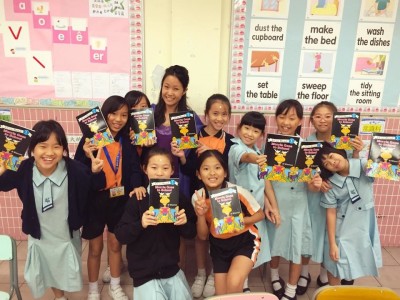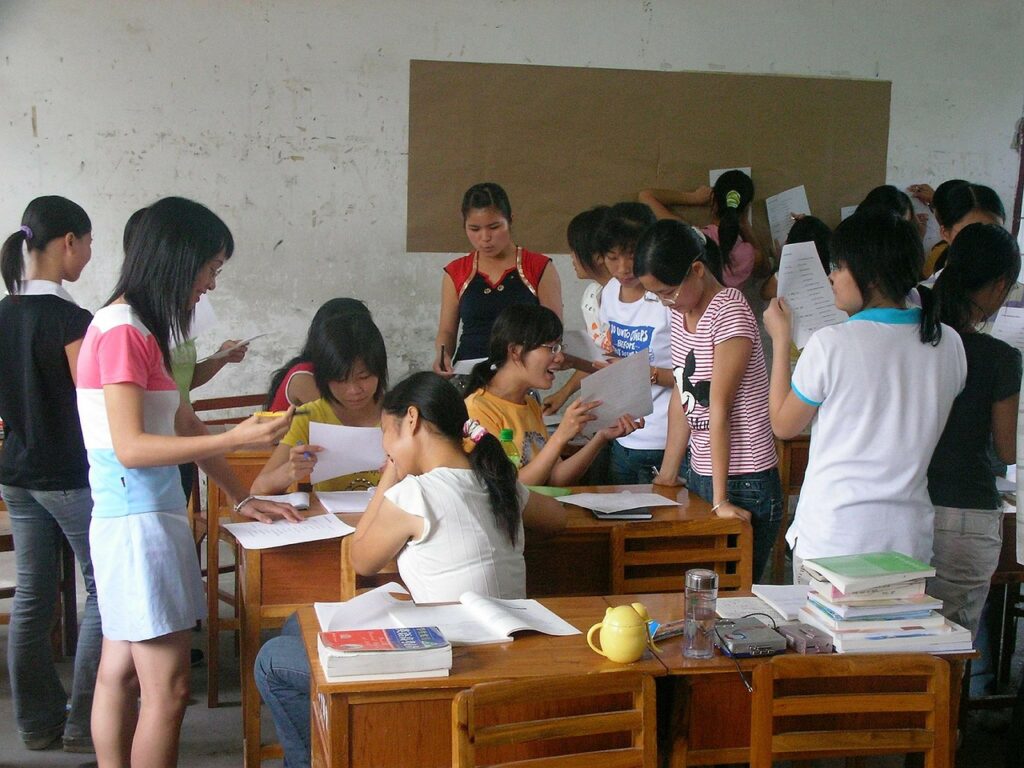
At schools, teachers are change makers. So, what happens to student learning when only one in six teachers in a district has proper training? New York City confronted such a crisis in 2000 and they needed help. In particular, they needed to address low graduation rates among minority and low-income students, the students most often in classrooms with underqualified teachers. In collaboration with the educational nonprofit The New Teacher’s Project (TNTP), the New York City Department of Education rolled out a plan to help ensure that every student in the city had a credentialed, talented teacher in the classroom.
Almost two decades later, the department’s plan, the New York City Teaching Fellows program, has transformed the city’s public schools. With nearly 19,000 talented teachers recruited, who now make up 12 percent of the city’s teachers, the program has placed effective teachers throughout the city. While New York City has more goals to achieve, on-time graduation rates for black and Hispanic students have moved from 40 percent to 60 percent since the teaching fellows program started.
Solving the most pressing issues in education requires collaboration between institutions. Education nonprofit organizations can play a key role in leading school districts in shifts to educational policy and leadership that can help schools overcome the challenges to delivering an equitable education. Those interested in forging meaningful changes in education should consider how a Master of Education in Education Policy and Leadership can help develop the skills needed to make a difference.
The Role of Education Nonprofit Organizations
Education nonprofit organizations help schools tackle the problems of limited resources, achievement gaps, and opportunity gaps in schools. Far too often, schools lack what they need. This is particularly true of schools serving predominantly low-income and minority students. According to a 2018 National Center for Education Statistics study, 1.3 million students, nearly half of them minorities, drop out of school every year. Education nonprofit organizations address the causes of such problems as early as prekindergarten, and they take on various tasks in the process. These nonprofits do everything from training volunteers to provide programming that ensures that all children are ready for kindergarten to aiding districts in effective teacher recruitment. Some education nonprofits deliver training and professional development to teachers and administrators, and others organize extracurricular programs or provide educational materials and other important resources that may be in short supply.
Grants, government money, and donations from individuals and corporations, as well as in-kind contributions, fund education nonprofit organizations. But the teams of dedicated, knowledgeable individuals who innovate ways to improve retention, help teachers use data to drive instruction, and advocate for policies that improve access to a quality education regardless of skin color, zip code, or first language, allow these organizations to thrive.
Schools can’t control many factors that influence student achievement. For example, socioeconomic status can impact a students’ access to educational support, such as whether they can afford professional tutoring. Socioeconomic status can also affect a student’s attitude toward education. In low-income communities, there may be less emphasis on going to college and more focus on getting a job to survive. The parents of students in disenfranchised communities may also have limited education or lack English proficiency. This can restrict their ability to meet educational goals for their children or to offer help with homework. In addition, schools serving marginalized students are more likely to be run-down, poorly equipped, overcrowded, located in violent neighborhoods, and staffed with less-experienced teachers. All these factors disadvantage students and make reaching their greatest potential much more challenging. The best education nonprofit organizations, however, help level the playing field. They play a vital part in overcoming educational inequities and the future success of education in the United States.
Education Nonprofit Organizations Making a Difference
Across the nation, education nonprofit organizations work to improve education in the U.S. They address the multiple challenges schools face in ensuring that all children can reach their full potential.
City Year
City Year recognizes that students living in high poverty areas are twice as likely to experience traumatic events like violent crime or abuse that disrupt their ability to learn. To overcome this, schools need resources. City Year helps high-need communities by supplying talented tutors to help make up for this gap. City Year’s tutors collaborate with teachers to support academic success in the classroom. They improve school culture by serving as mentors to students they tutor, focusing on their emotional and social needs.
Teach for America
Teach for America cultivates education leaders who work to make systemic changes that help eliminate educational inequities. The Teach for America model recruits “promising leaders” who agree to teach in a low-income community for two years. It provides educational resources to the communities and a support network to the recruits. Following their service, recruits either continue teaching, assume leadership roles in education, or serve in other capacities as advocates for educational equity.
The New Teacher Project
The New Teacher Project (TNTP) strives to end inequities in schools and ensure that all students have access to a vibrant education. The organization trains teachers and administrators to create engaging classrooms, rigorous instruction, and school policies that support positive learning environments. TNTP also counsels education decision-makers, helps schools leverage data to promote effectiveness in areas such as teacher evaluations and training.
Peace Corps
The Peace Corps promotes friendship and peace between the United States and partnering nations across the globe. To achieve this goal, they match skilled volunteers to international communities in need of trained individuals in areas such as education and health care. Volunteers work alongside local leaders to address local needs and cultivate mutual cultural understanding.
Association of Independent Schools of Greater Washington
The Association of Independent Schools of Greater Washington (AISGW) promotes high professional standards and best practices among educators in independent schools in Washington, DC. The organization provides research opportunities on educational topics and sponsors professional development activities as well as networking opportunities meant to lower operational costs and improve efficiency in areas such as hiring and admissions.
District of Columbia Public Schools
Serving the students of the nation’s capital, District of Columbia Public Schools (DCPS) dedicates itself to creating joyful, rigorous learning experiences in a nurturing environment. It focuses on teaching excellence; setting clear, high expectations for students and teachers; and creating supportive school environments. Several initiatives — including nutrition programs, extracurricular activities and field trips, English language learner programs, and the Empowering Males of Color initiative — all seek to address inequities within the system.
Capital Teaching Residency
The Capital Teaching Residency seeks to ensure that every student in Washington, DC, has access to the highest quality teachers. It focuses on teacher effectiveness, retention, and impact. It recruits talented teaching residents who serve for one year alongside lead teachers who offer coaching. Following the first year, residents teach for two years and earn a fully funded or subsidized Master of Arts in Teaching.

